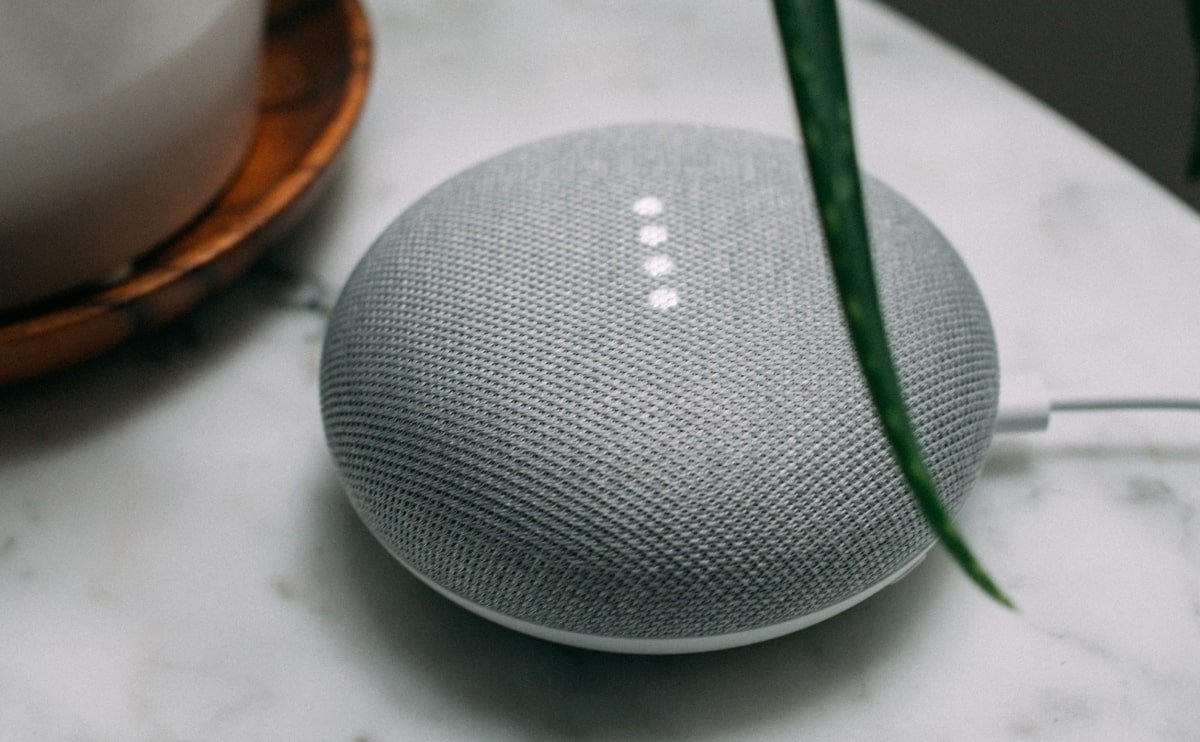The latest trends in the mobile phone industry in 2025

A comprehensive review of the latest developments in the mobile phone industry in 2025, covering key areas such as market structure, technology trends, product innovation and policy impact:
📊 1. Market structure: Huawei leads, domestic manufacturers collectively rise
Huawei returns to the top
China market share: In Q1 2025, Huawei ranked first with a 20% share, leading for two consecutive quarters, setting a new high since 2021. The reservation volume of the main model Mate 70 series exceeded 6.7 million units, the Pura 70 series continued to sell well, and the high-end market increased by 32% year-on-year.
Global growth: The annual shipment growth rate is expected to reach 11%, ranking first among major global manufacturers. Supply chain recovery and self-developed chip breakthroughs are the core driving forces.
Xiaomi is closely behind
Market share 19%, Q1 shipments 13.3 million units. The high-end strategy has achieved remarkable results. The sales of Xiaomi 15 Pro increased by 17% compared with the previous generation. At the same time, ecological synergy (such as SU7 car) drives brand premium.
OPPO/vivo/Honor compete fiercely
OPPO (16%) and vivo (15%) ranked third and fourth, with AI strategy and mid-range models (such as the vivo Y series) supporting their market share.
Honor's overseas sales accounted for more than 50%, and a new phone with a 7800mAh large battery will be released soon.
Apple continues to be under pressure
China's market ranking fell to fifth (13% share), and Q1 shipments fell 8% year-on-year. The high-price strategy conflicted with the subsidy policy (limited to models below 6,000 yuan), and the sales of Pro models suffered setbacks.
⚙️ 2. Technology trends: AI is fully penetrated, and hardware innovation is accelerated
AI mobile phones are growing explosively
Penetration rate soars: China's AI mobile phone penetration rate will jump from 22% in 2024 to over 40%, and IDC expects shipments to reach 118 million units in 2025 (a year-on-year increase of 59.8%).
Function implementation: End-side AI realizes real-time translation, image optimization (such as Honor's "King Image" system), and privacy protection (such as AI Blue Army Robot Verification System).
Breakthrough in folding screen and tri-fold form
Technology upgrade: Transsion Infinix and Samsung showcase vertical tri-fold mobile phones, and OPPO Find N5 debuts at MWC 2025 as the world's thinnest folding flagship.
Market expansion: IDC predicts that China's folding screen shipments will reach 10 million units in 2025 (an increase of 8.3% year-on-year), with a compound growth rate of 10.6% before 2028.
Battery and charging innovation
Application of silicon-carbon batteries: Honor Qinghai Lake battery uses porous carbon skeleton technology, and the capacity is increased by 30% at the same volume; the battery capacity of vivo's new machine may exceed 7000mAh.
Fast charging ecology: OPPO plans to expand high-power flash charging to headphones, watches and other devices. Satellite communication is becoming more popular. Huawei Mate 70 supports satellite paging, and MediaTek promotes 5G-Advanced satellite chips. After the technology cost is reduced, it is expected to cover mid-range models.
📱 Third, product innovation: MWC 2025 becomes China's technology show.
Flagship new products compete.
Xiaomi 15 Ultra: MWC debut, equipped with "Xiaomi module optical system", imaging capabilities are upgraded.
Honor Magic7 series: end-cloud collaborative AI computing photography system "AI light control engine", won more than 50 media awards.
Concept machine leads the future.
Lenovo ThinkBook Flip: The world's first folding screen AI PC concept machine, supporting solar charging.
Tecno SPARK Slim: Only 5.75mm thick (the thinnest in the industry), built-in 5200mAh battery.
🏛️ Fourth, policies and channels: Subsidies stimulate short-term growth, long-term reliance on innovation
National subsidy policies have significant effects
Q1 government subsidies promoted a 50% year-on-year increase in mobile phone sales during the Spring Festival, and sales in Hunan, Anhui and other places doubled month-on-month.
Hidden concerns: Subsidies may overdraw future demand, and Counterpoint expects the stimulus effect to fade in the second half of the year.
Channel structure reconstruction
Head manufacturers accelerate the expansion of brand stores (such as Xiaomi's 16,000 offline stores), and e-commerce platforms and large retailers consolidate their share.
🔮 Five, future challenges and opportunities
Competition focus:
AI ecosystem: Harmony OS's share will exceed 20%, and Android accelerates compatibility with iOS ecosystem to compete for "second mobile phone" users.
Overseas acceleration: Domestic manufacturers turn to Southeast Asia (growth rate exceeds 35%) and Latin American markets, and OPPO's shipments in Latin America have increased significantly.
Risk warning:
Economic slowdown and trade friction (such as the US tariff policy that has led to a downward adjustment of global growth expectations to 1.9%) may suppress the market.
💎 Summary: In 2025, the mobile phone industry will present three main themes: "AI popularization, form diversification, and domestic high-end". Policy dividends and the replacement cycle will drive a short-term recovery, but long-term growth will rely on hardware innovation (such as tri-fold screens, silicon-carbon batteries) and ecological synergy (car-machine interconnection, full-scenario AI). The domestic camp led by Huawei is reshaping the global landscape, and Apple needs to adjust its strategy to cope with the squeeze in the mid-to-high-end market.
The latest trends in the mobile phone industry in 2025
For more high-quality electronic products, please click:
https://aisivo.com/product-category/electronics/
Lorem ipsum dolor sit amet, consectetur adipiscing elit. Ut elit tellus, luctus nec ullamcorper mattis, pulvinar dapibus leo.


















